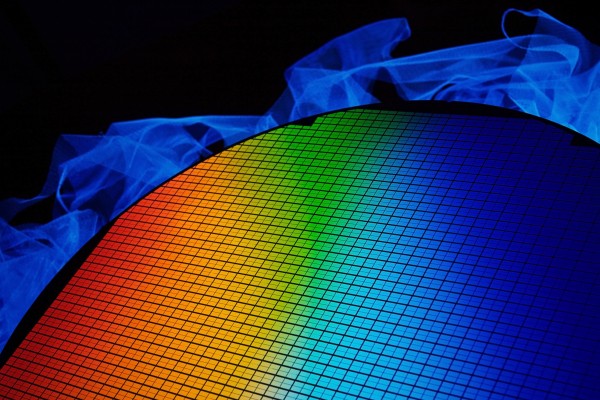CORRESPONDENCE
ZUO Xiao-han, LIANG Hua-guo, NI Tian-ming, YANG Zhao, SHU Yue, JIANG Cui-yun, LU Ying-chun
The yield of the Through-Silicon-Vias (TSVs)-based Three-Dimensional Integrated Circuits (3D ICs) is limited by the clustered faults due to immature manufacturing processes and aging. To tolerate TSV clustered faults, a redundancy architecture based on grouping at intervals is demonstrated in this paper. Owing to the use of grouping at intervals, the clustered TSV faults can be dispersed into different redundant groups and repaired with their own repair sources. Besides, MUX chains are utilized to realize the sharing of all repair sources. In experiments, compared with the previous router-based, ring-based and shift-switch redundancy architecture, the repair rates of proposed architecture are enhanced to 27.5%, 62.7% and 11.4%, respectively. More importantly, the repair rate remains close to 100% in severely clustered situation.
